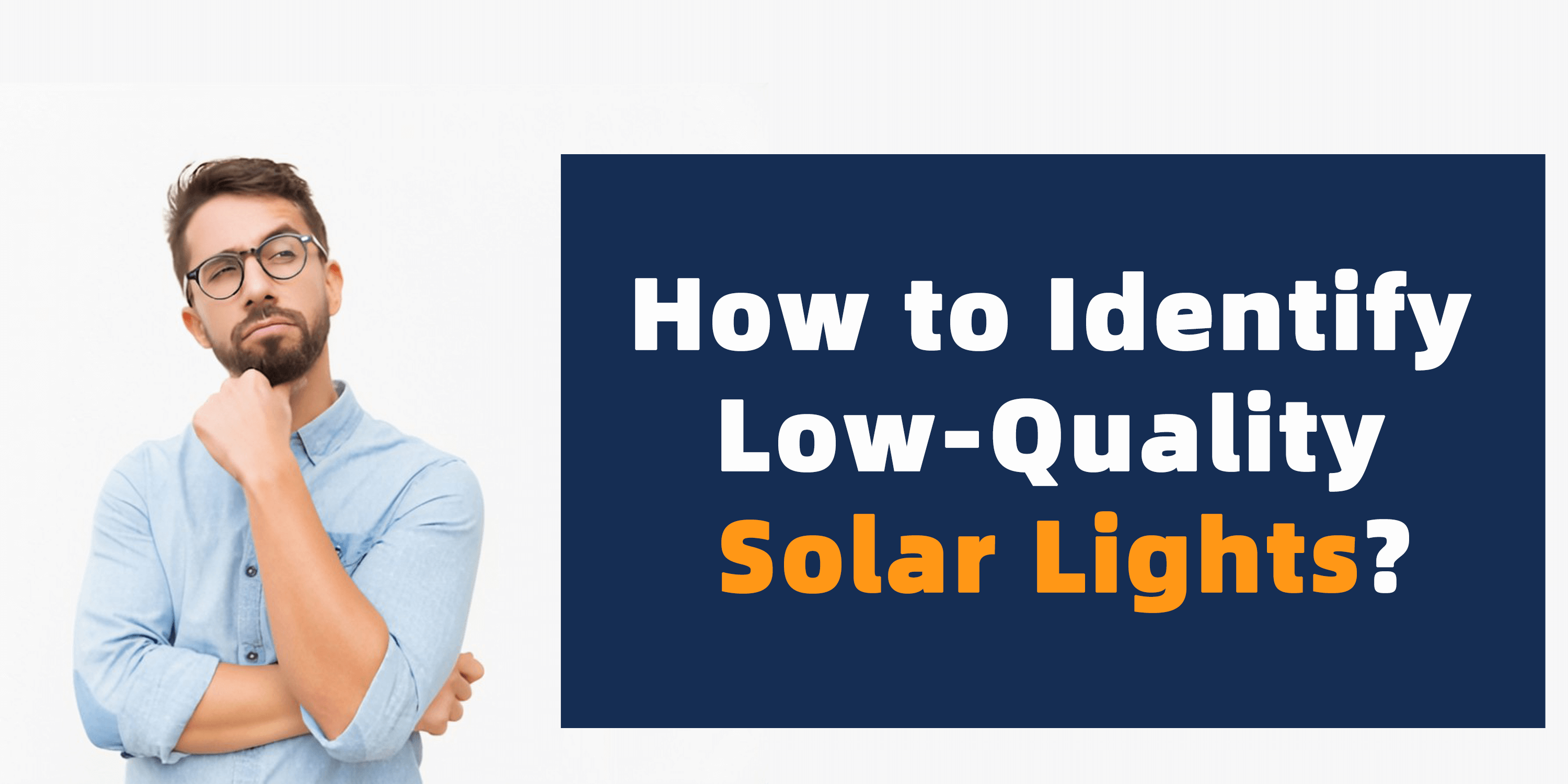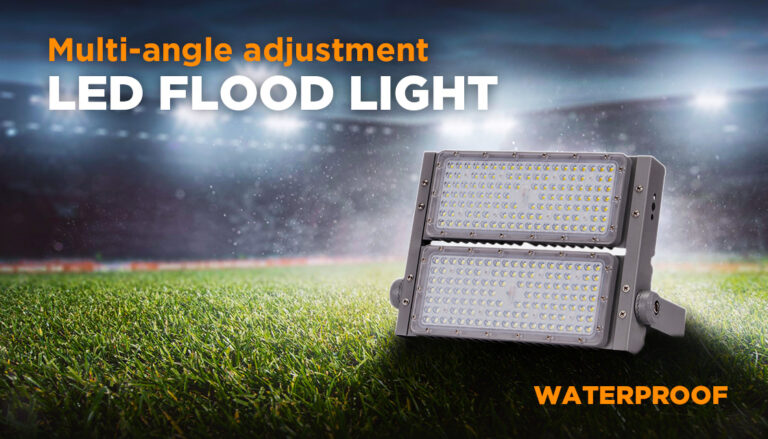With the rapid growth in demand for solar lighting, the market has been flooded with substandard products. These lights often attract buyers with extremely low prices but cut corners on critical components, resulting in short lifespans, unreliable performance, and even safety hazards. This article provides an in-depth analysis of common issues with low-quality solar lights and offers expert purchasing advice.
7 Key Signs of Low-Quality Solar Lights
1. Use of Recycled or Inferior Batteries
Common Issues:
– Second-hand or refurbished batteries with significantly lower capacity than claimed
– Short cycle life (quality batteries should last ≥2000 cycles)
– Risk of overheating, swelling, or even fire
How to Spot Them:
– Check for official battery cycle test reports
– Look for signs of welding or physical damage
– Request charge/discharge performance graphs from suppliers
2. Low-Efficiency Solar Panels
Performance Problems:
– Photovoltaic conversion efficiency below 15% (quality panels exceed 20%)
– Poor charging performance in low-light conditions
– Prone to “hot spots,” accelerating degradation
Buying Tips:
– Opt for monocrystalline solar panels
– Inspect panels for micro-cracks or color inconsistencies
– Test charging current under different light conditions
3. Poor-Quality LED Chips
Key Issues:
– Use of recycled or low-grade LEDs
– Luminous efficacy below 100lm/W (quality LEDs exceed 150lm/W)
– Severe lumen depreciation (>30% brightness loss within months)
Expert Advice:
– Request LM-80 test reports for LED longevity
– Check LED arrangement and heat dissipation design
– Observe color consistency when illuminated
4. Unreliable Charge Controllers
Major Risks:
– Lack of proper overcharge/over-discharge protection
– Cheap electronic components prone to failure
– Inefficient power regulation
Solutions:
– Choose controllers with MPPT technology
– Verify waterproof rating (minimum IP65)
– Test performance across different seasons
5. Fake IP Ratings
Many budget products claim high waterproof ratings but actually feature:
– Poor sealing design
– Missing waterproof gaskets
– Roughly finished seams
Solution: Conduct actual water resistance tests or choose certified products.
6. Structural Design Flaws
Common problems include:
– Inadequate heat dissipation, causing premature aging
– Weak wind resistance (easily bent poles)
– Non-standard installation interfaces, complicating maintenance
7. Lack of Professional Certifications
Reliable solar lights should have:
– Safety certifications (CE, RoHS)
– Performance test reports
– Environmental durability certifications
Professional Buying Guide
1. Key Specifications Checklist
Component | Minimum Standard | Verification Method |
Battery Capacity | ≥95% of rated value | Professional testing |
Panel Efficiency | ≥18% | STC measurements |
Luminous Efficacy | ≥120lm/W | Integrating sphere test |
IP Rating | IP65 or higher | Certification reports |
2. Recommended Real-World Tests
– Conduct 72-hour continuous charge/discharge tests
– Simulate performance in various weather conditions
– Evaluate high-temperature operation stability
3. After-Sales Service Evaluation
– Minimum 3-year warranty
– Access to technical support
– Availability of replacement parts
The Long-Term Value of Quality Solar Lights, While high-quality solar lights require a higher initial investment, they deliver:
– Lower maintenance costs
– More consistent illumination
– Longer service life
– Better safety performance
We recommend buyers compare technical specifications rather than just prices.
If you have any more questions about LED, please feel free to contact us. We can provide professional customized services.
E-mail: wade@langylights.com or phone: +86-18670113026.
Langy is a professional manufacturer and supplier of Flood Light, Street Light, High bay light and Solar Light and so on.





